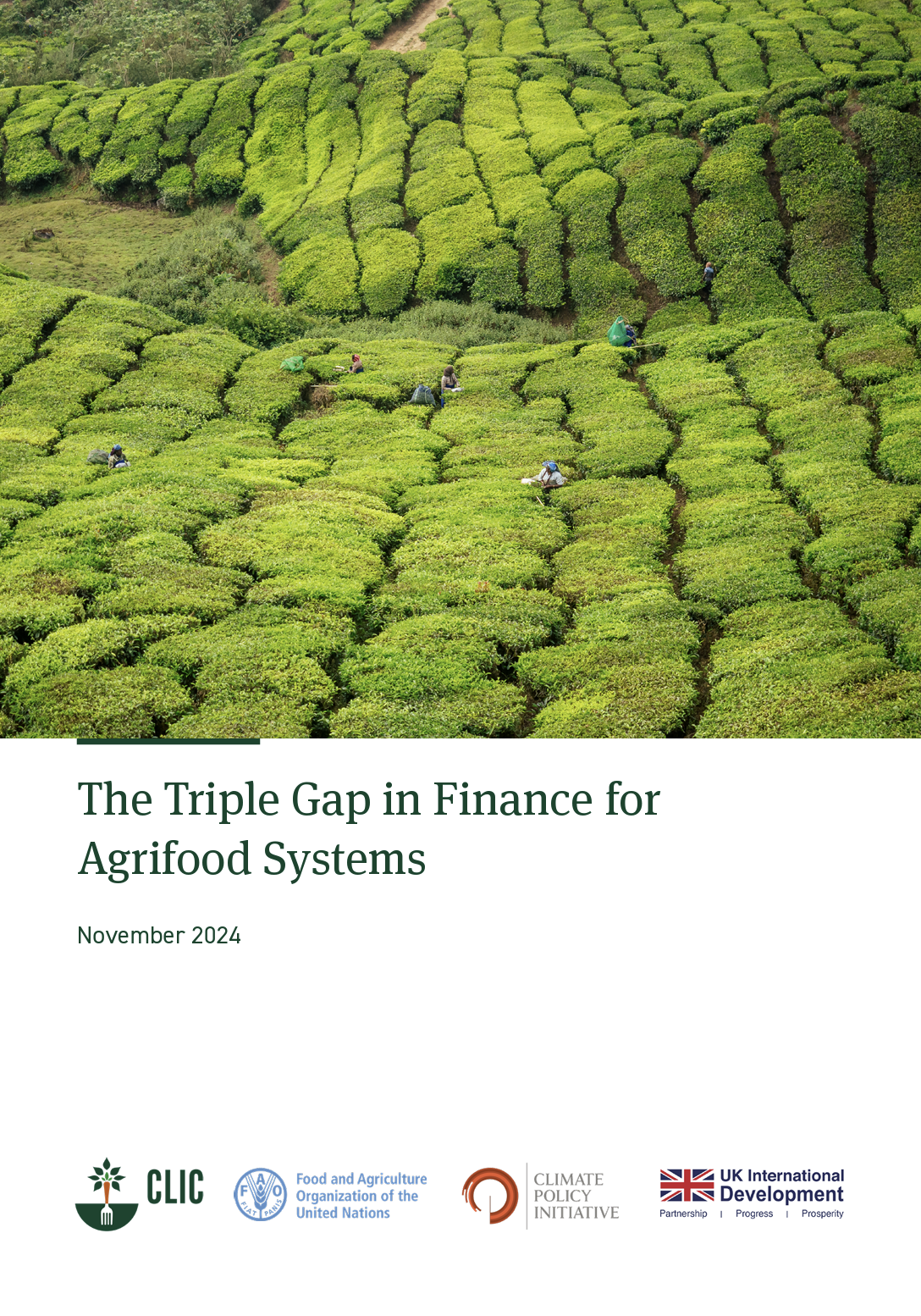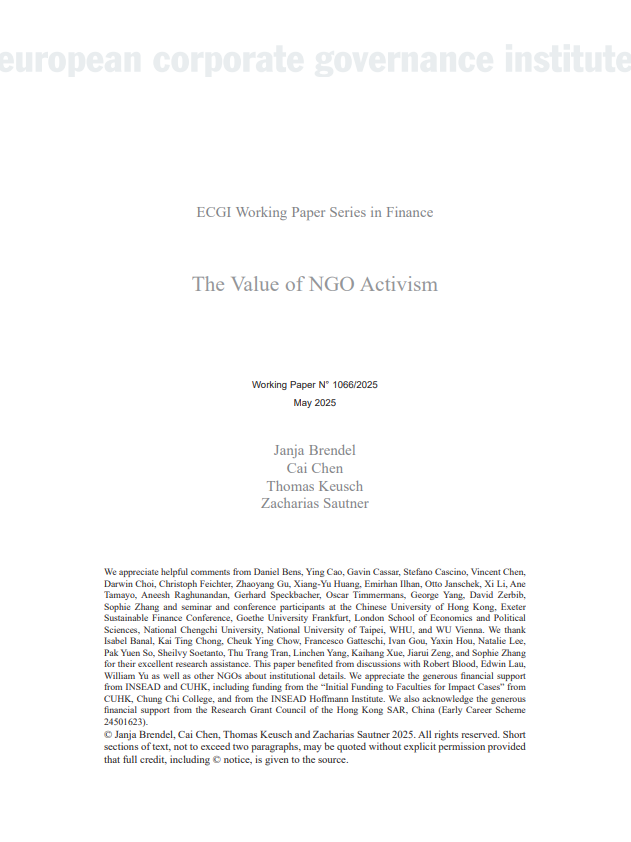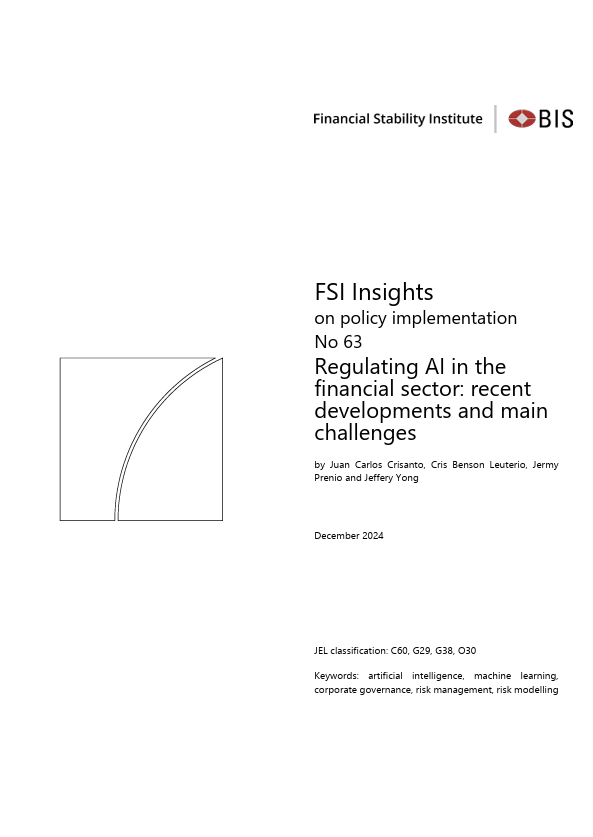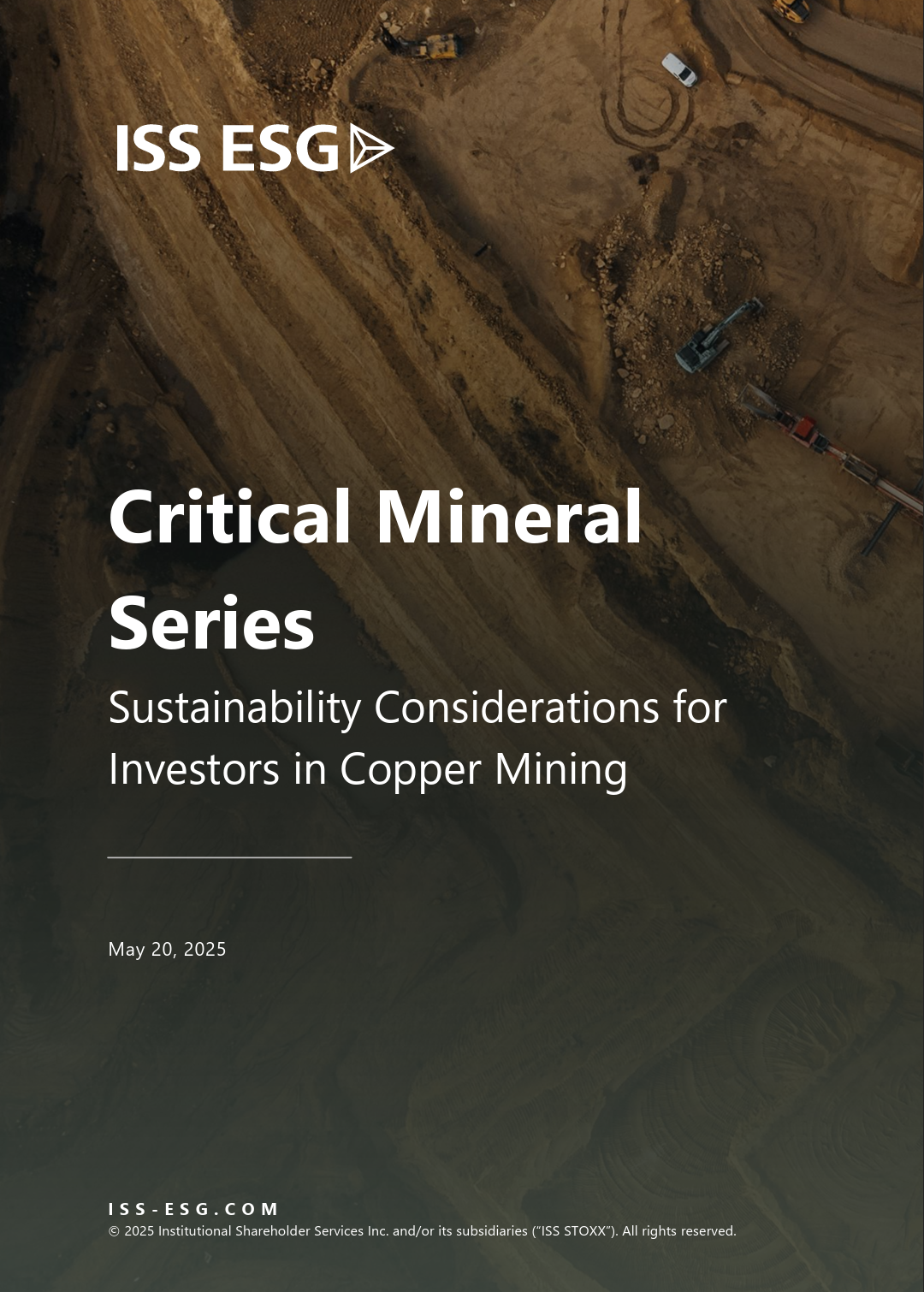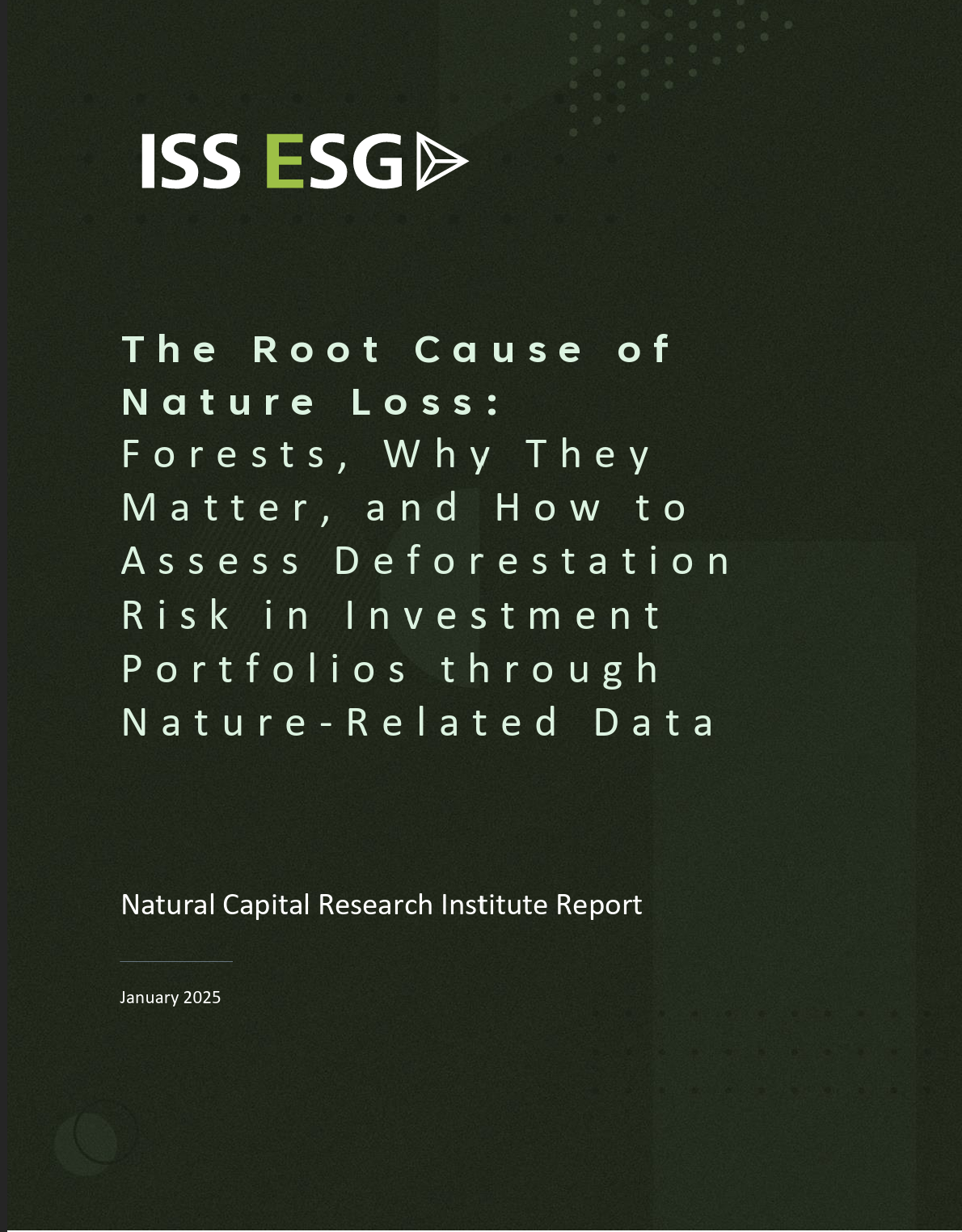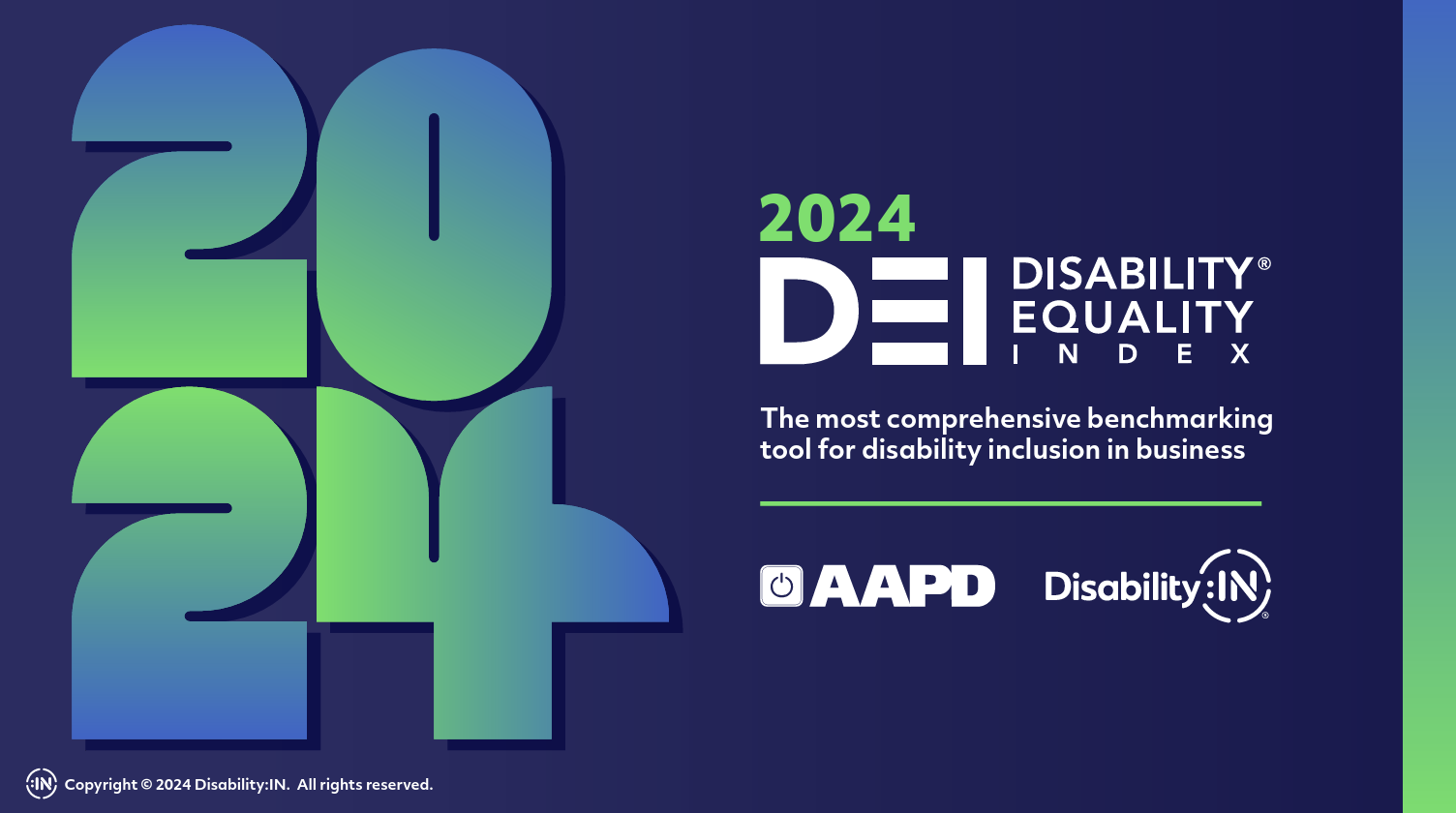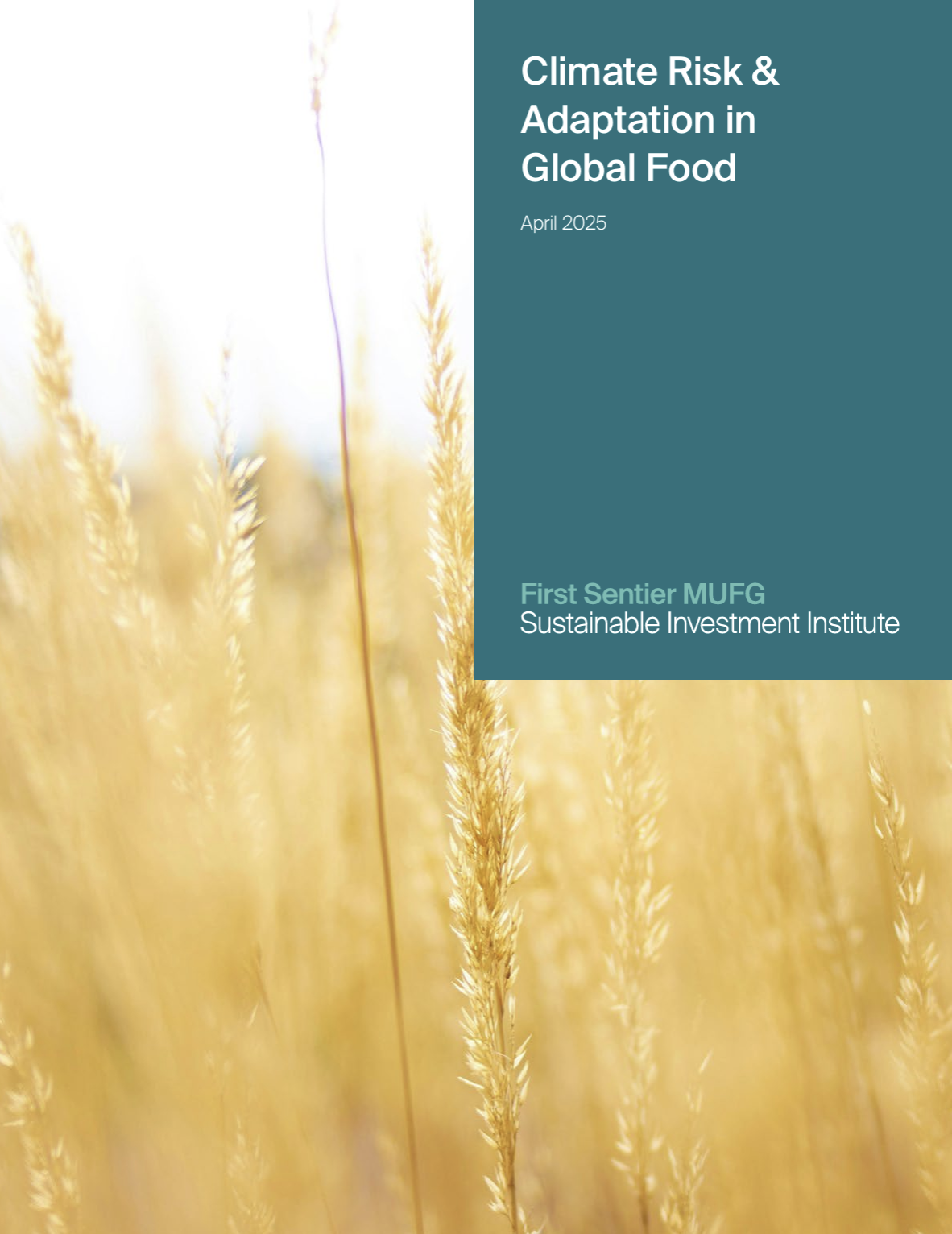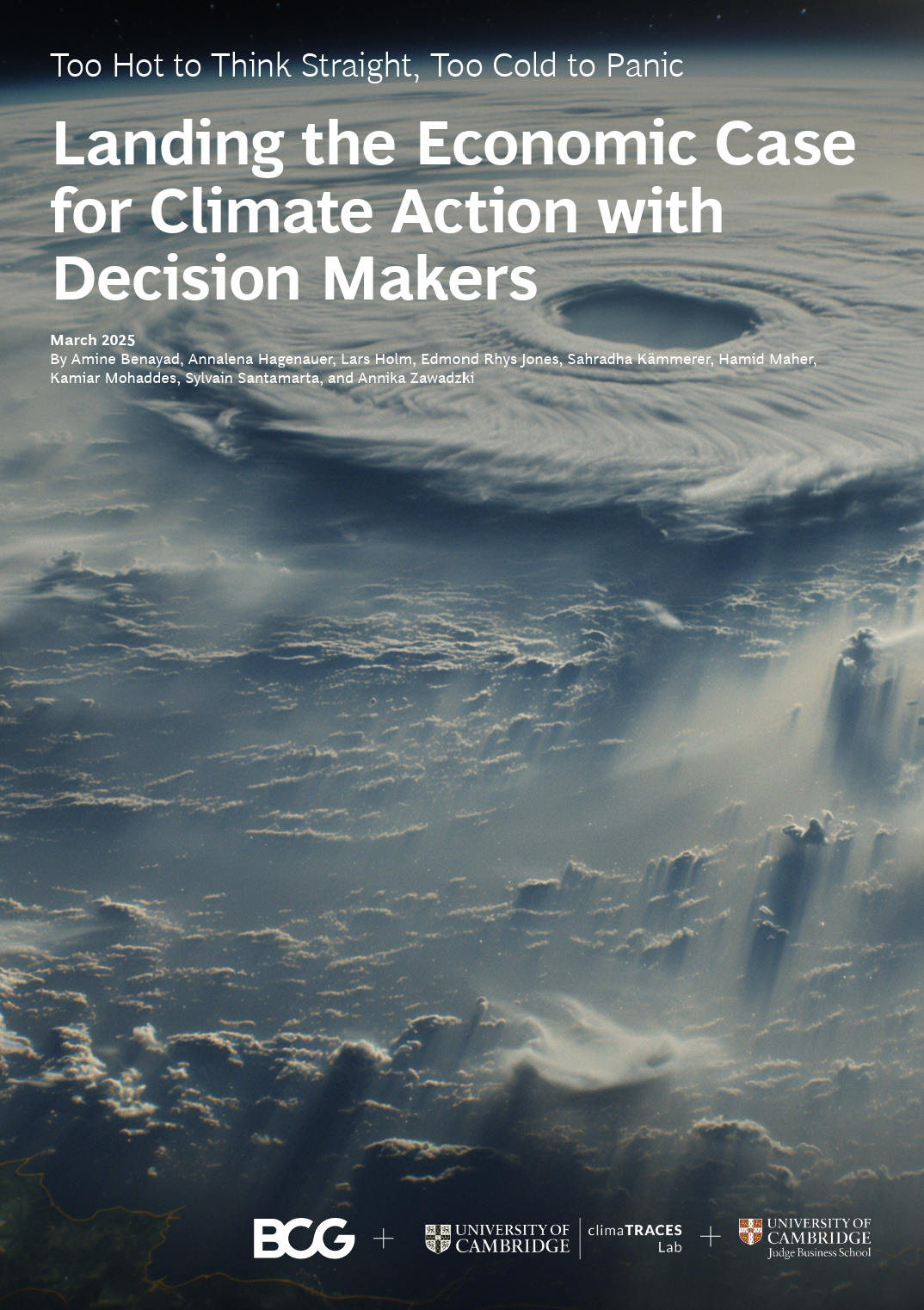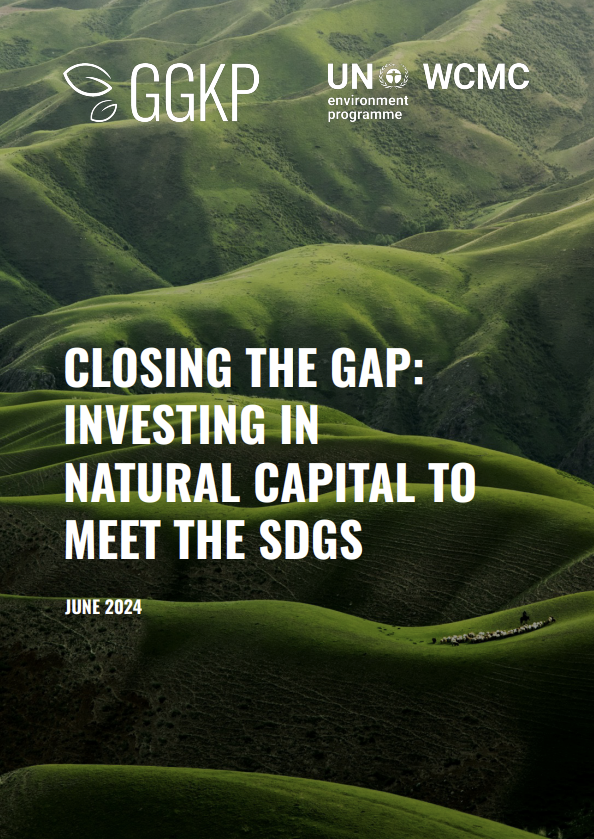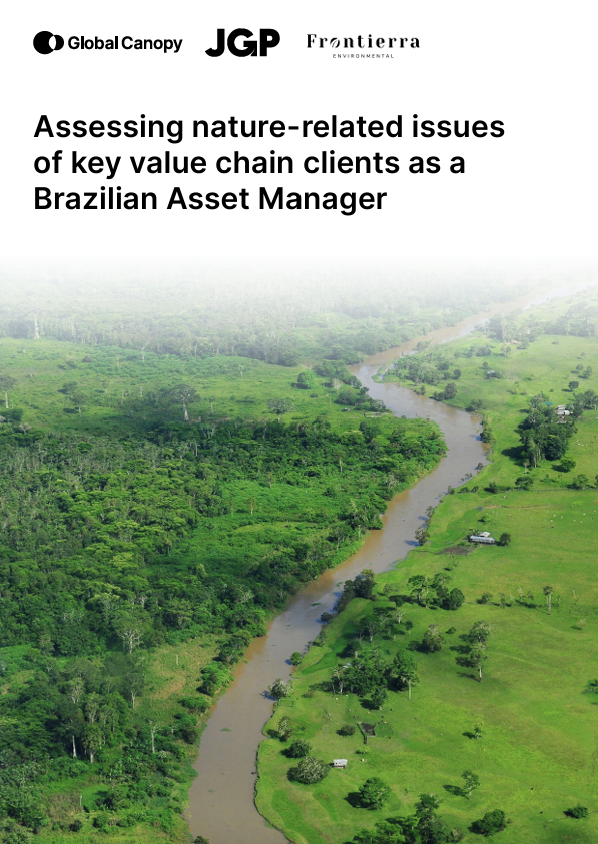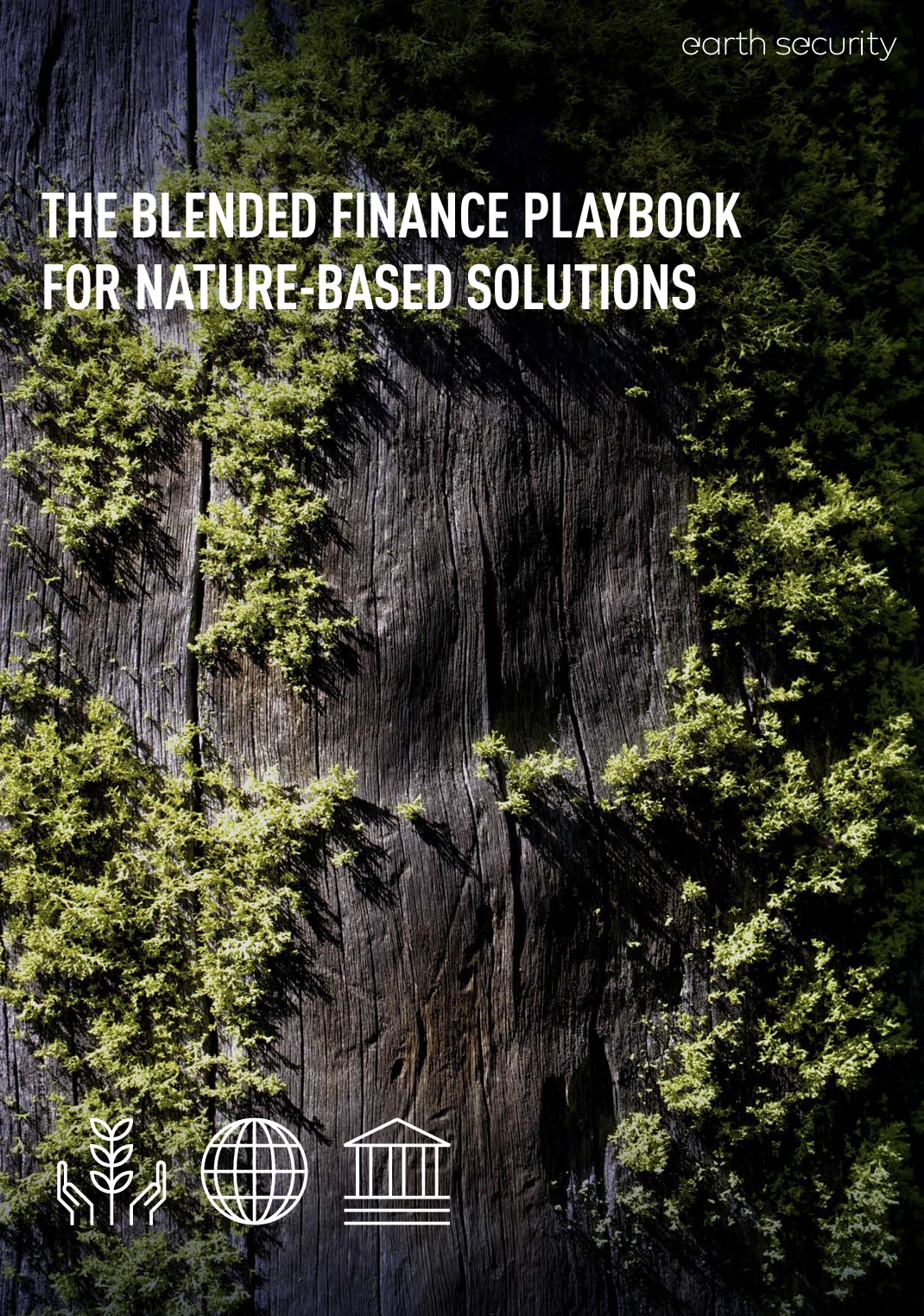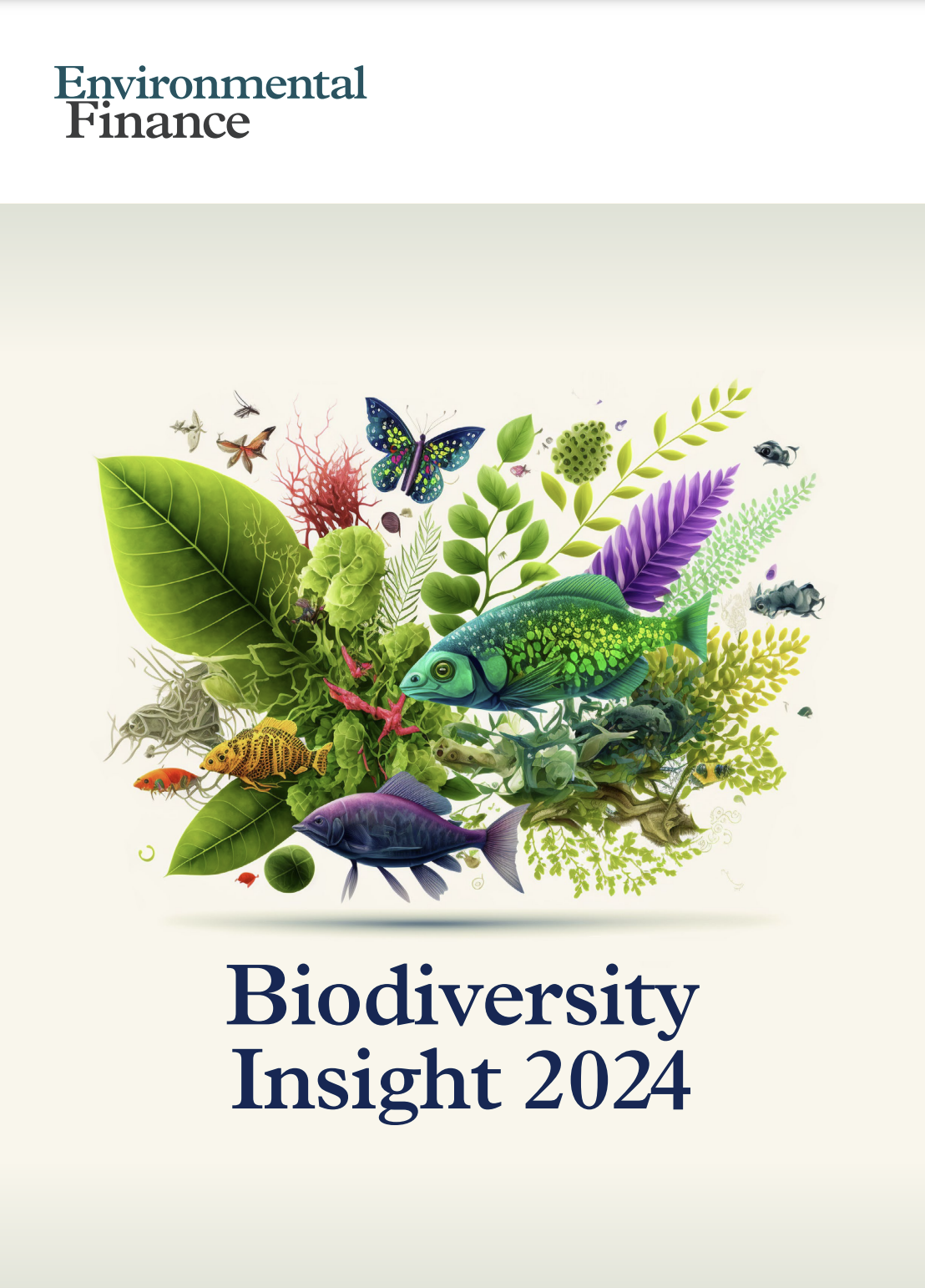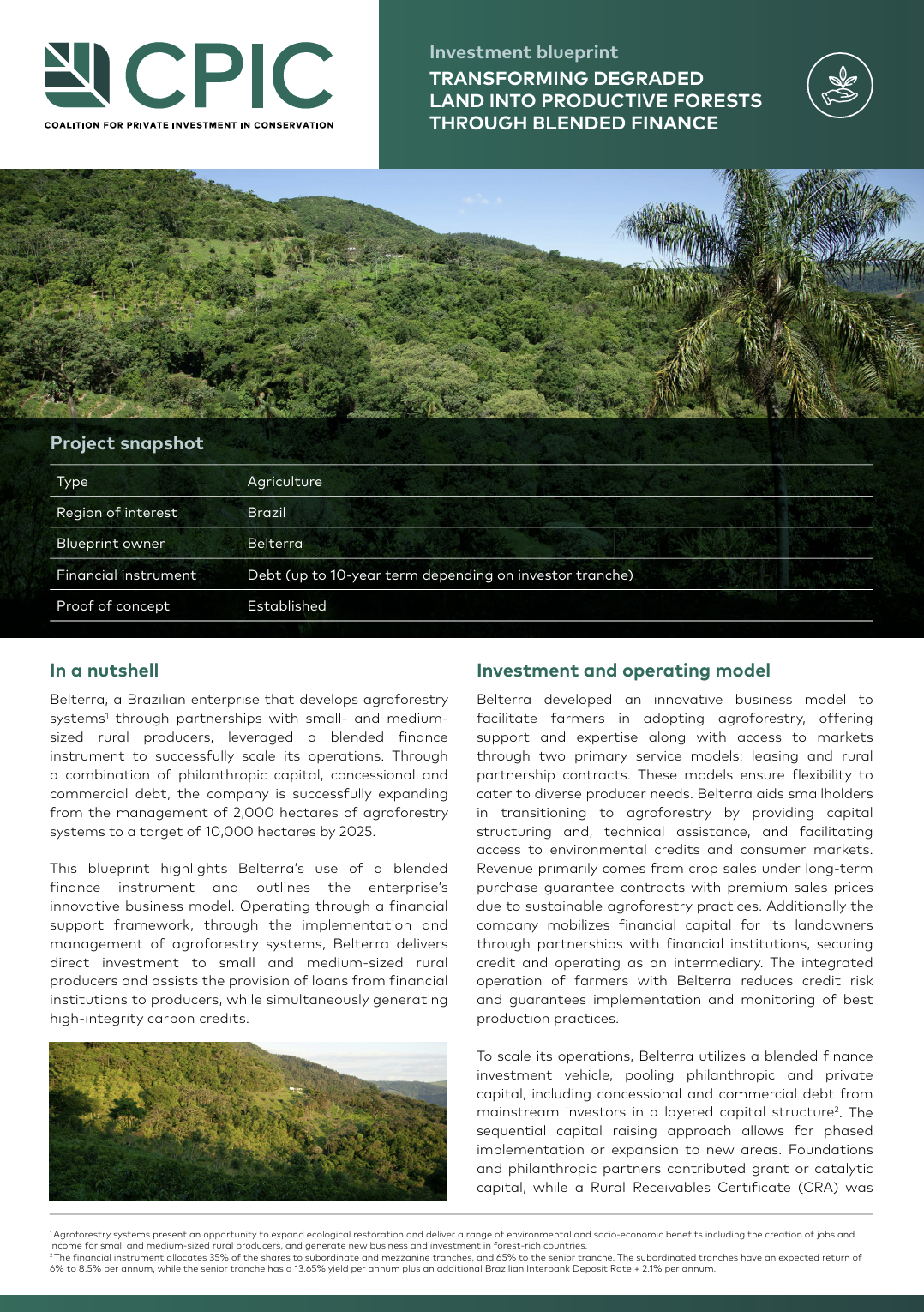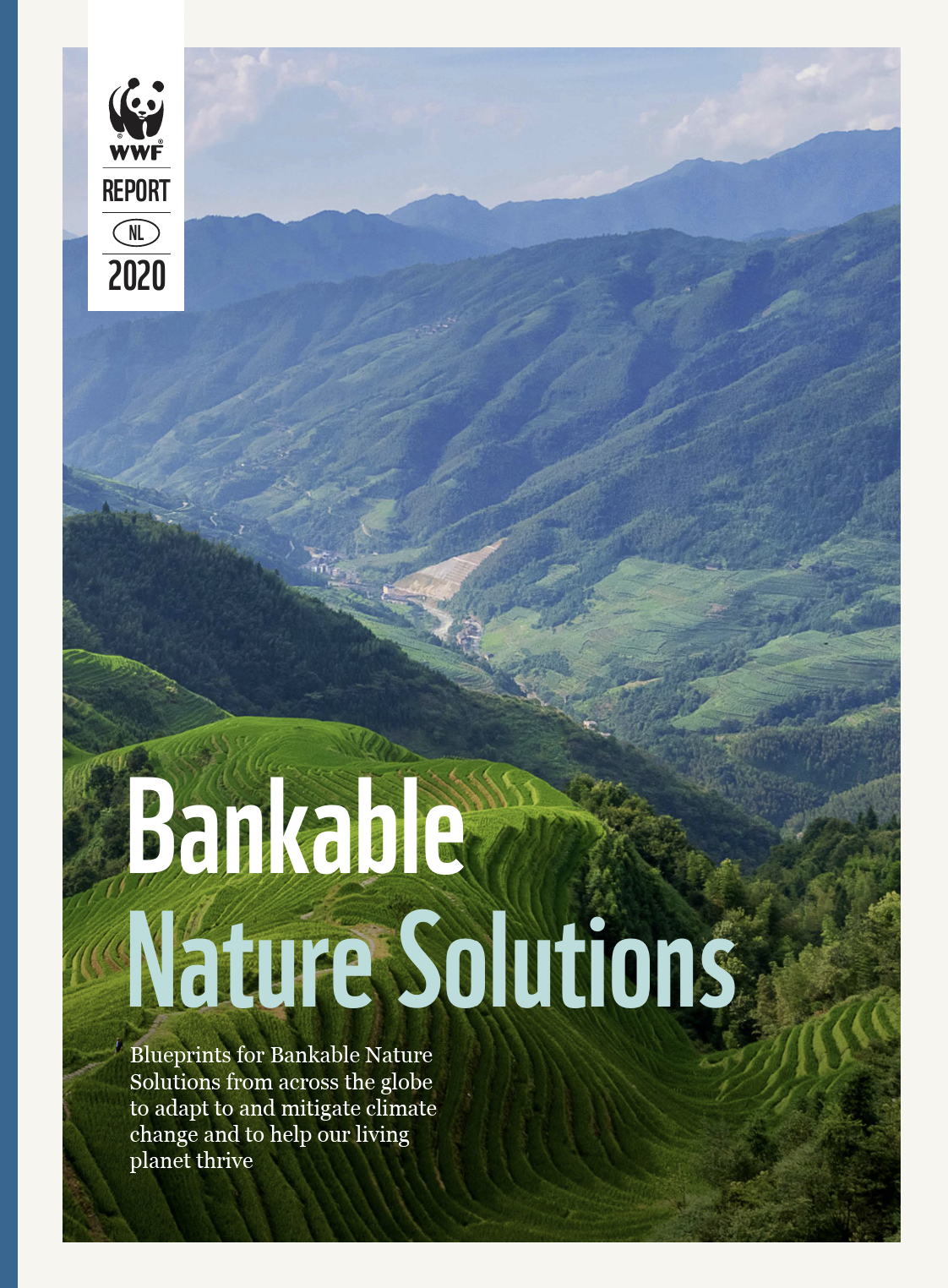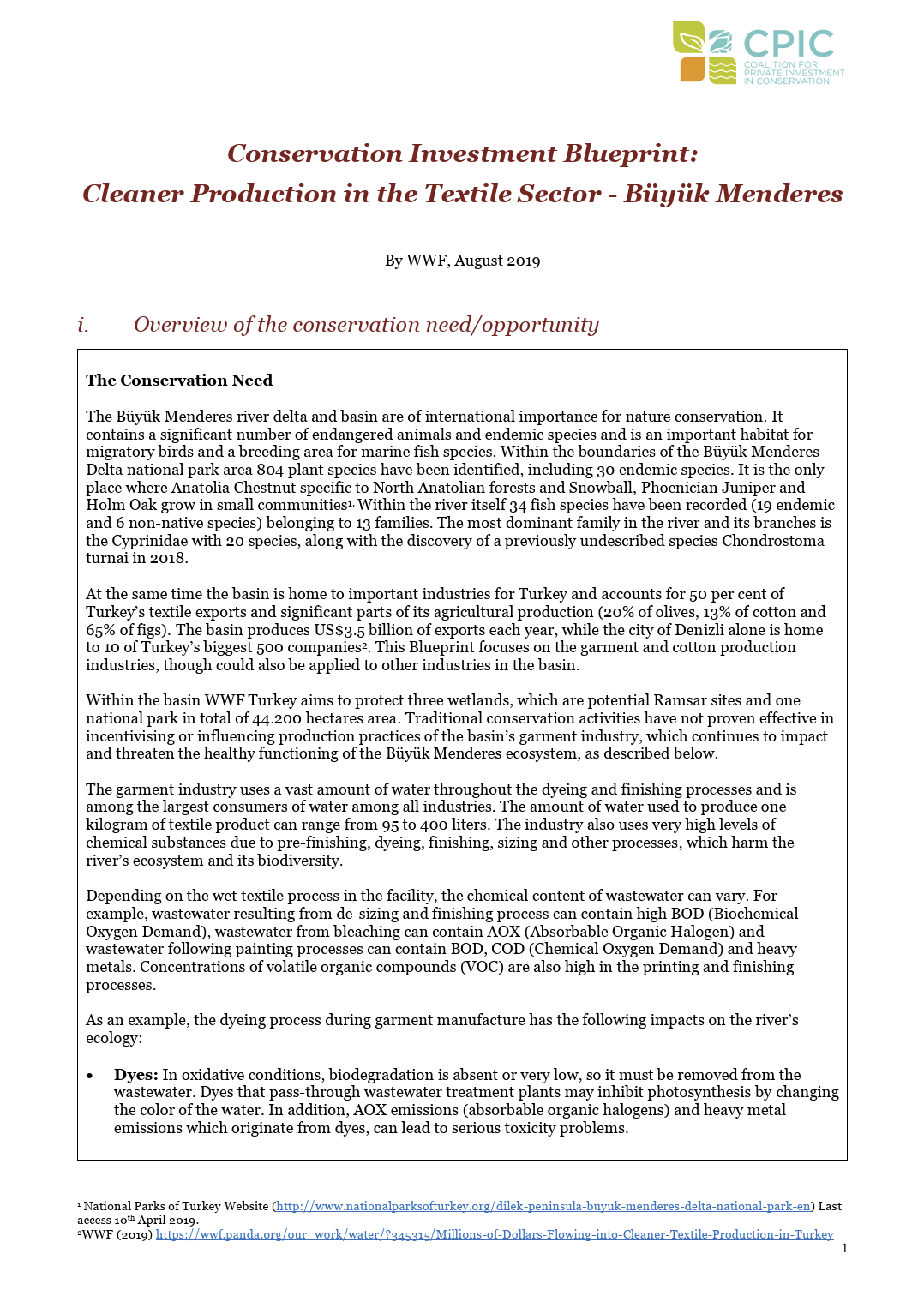Library | Location
Brazil
Refine
129 results
REFINE
SHOW: 16


The triple gap in finance for agrifood systems
This report identifies significant planning, finance, and data gaps in climate investment needed to transition global agrifood systems. Annual climate finance must increase by at least 40 times to USD 1.1 trillion by 2030. Current national commitments underestimate actual requirements, highlighting the need for clearer targets and improved data collection.
The value of NGO activism
NGO campaigns alleging environmental and social “E&S-washing” lead to negative stock and media responses, especially on financially material issues. Firms reduce direct emissions following climate-related allegations—often shifting them to supply chains. NGOs also prompt investor engagement, suggesting a monitoring role despite unintended consequences such as increased indirect emissions.
Regulating AI in the financial sector: Recent developments and main challenges
The report outlines AI’s growing use in finance—especially in underwriting, fraud detection, and customer support—highlighting regulatory challenges around explainability, governance, and data security. It discusses evolving global guidance and the need for risk-based, proportionate oversight, particularly as generative AI gains traction in high-impact applications.
Impact economies tractions and trends: Insights from 34 GSG National Partners
This report presents insights from 34 national ecosystems advancing impact investing. It highlights trends in policy, capital mobilisation, and transparency, showing governments and institutions integrating social and environmental outcomes into investment strategies. It tracks growth in green finance, outcome-based funding, and investment readiness across emerging and developed economies.
Critical mineral series: Sustainability considerations for investors in copper mining
This report examines copper’s role in the energy transition, highlighting growing demand, environmental and human rights risks, and evolving global regulations. It evaluates mining companies’ sustainability performance using biodiversity, governance, and modern slavery metrics, offering insights for responsible investment aligned with international standards and long-term ESG considerations.
The root cause of nature loss: Forests, why they matter, and how to assess deforestation risk in investment portfolios through nature-related data
This report outlines how deforestation, particularly in tropical forests, is a key driver of biodiversity loss and climate change. It presents the risks to institutional investors—physical, transition, and systemic—and offers a framework to assess deforestation exposure in portfolios using nature-related data and metrics across sectors and geographies..
2024 disability equality index
The Disability Equality Index is a benchmark series assessing corporate performance in disability inclusion across multiple markets. It provides organisations with a structured tool to evaluate, compare, and enhance their inclusive practices aligned with sustainability and governance expectations.
Climate risk and adaptation in global food
The report outlines rising climate risks to global food supply chains, projecting up to $38 trillion in damages by 2050. It explores mitigation and adaptation strategies across crops, livestock, and fisheries, and highlights investor actions to build resilience, support sustainable practices, and adapt to shifting market, environmental, and regulatory conditions.
Landing the economic case for climate action with decision makers
The report outlines strategies to better communicate the economic rationale for climate action to decision makers. It examines barriers, including limited capacity and political constraints, and recommends clearer economic framing, stronger narratives, and alignment with national development goals to drive engagement and support for climate policies.
Closing the gap: Investing in natural capital to meet the SDGs
The report analyses the investment required to address the natural capital gap for achieving Sustainable Development Goals in 40 countries, finding that investing US$7.4 trillion could generate returns exceeding US$152 trillion, greatly benefiting air quality, human health, ecosystems, and reducing premature deaths and resource depletion globally.
Assessing nature-related issues of key value chain clients as a Brazilian Asset Manager
This case study details JGP's participation in piloting the Taskforce on Nature-related Financial Disclosures (TNFD) LEAP approach. The study focuses on assessing JGP's exposure to tropical deforestation through companies connected to the agriculture sector in its investment portfolio.
The blended finance playbook for nature-based solutions
This playbook contains a collection of useful case studies for investors, highlighting growing evidence of investment opportunities in nature. The playbook also contains guidance for investors looking to grow their blended finance portfolio.
Environmental Finance's biodiversity insight series
This series explores the evolving role of biodiversity in sustainable finance, investment strategies, and regulatory developments. It examines biodiversity risk, natural capital investment, reporting frameworks, and financial instruments supporting conservation efforts. The series provides insights into emerging market mechanisms, data challenges, and the integration of biodiversity considerations into financial decision-making.
Investment blueprint: Transforming degraded land into productive forests through blended finance
This case study offers a blueprint for impact investment in sustainable cocoa supply chains. It highlights strategies for improving environmental and social outcomes in cocoa production, providing investors with opportunities to support sustainable agriculture while achieving financial returns.
Bankable nature solutions
This report aims to support readers in understanding Bankable Nature Solutions (BNS) and start identifying and developing their own BNS project by providing Blueprints for Bankable Nature Solutions from across the globe to adapt to and mitigate climate change and to help our living planet thrive.
Conservation investment blueprint: Cleaner production in the textile sector - Büyük Menderes
The report outlines a conservation investment blueprint aimed at reducing water and chemical pollution in Turkey’s Büyük Menderes River Basin by improving cleaner production practices in the textile sector. It details financial models, stakeholder incentives, and replicability to enhance ecosystem health while maintaining industry competitiveness and regulatory compliance.
